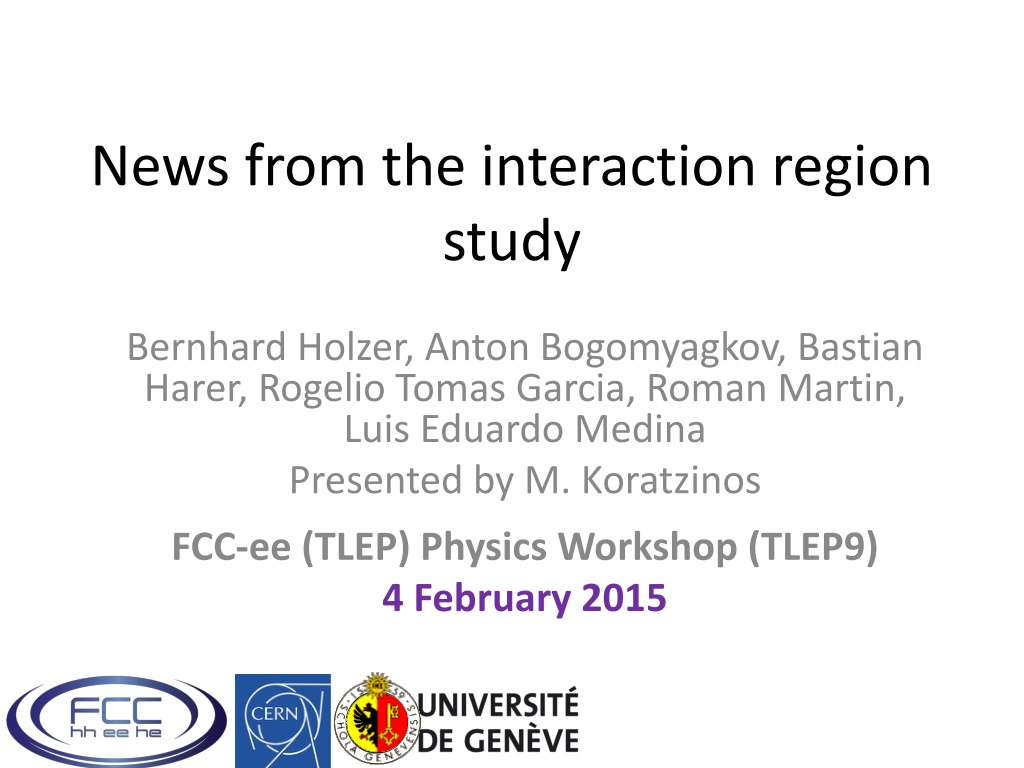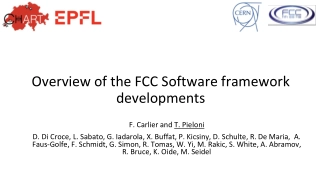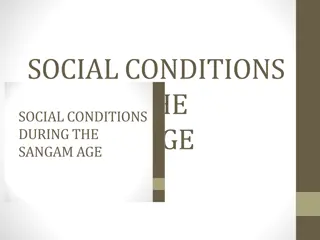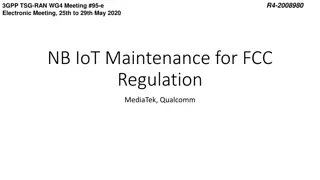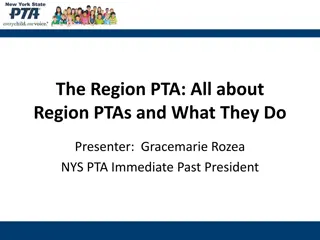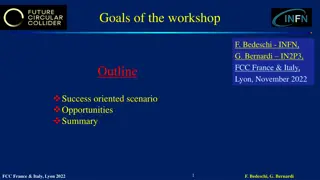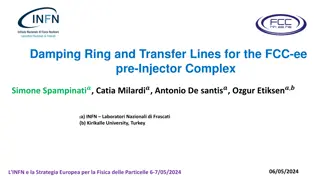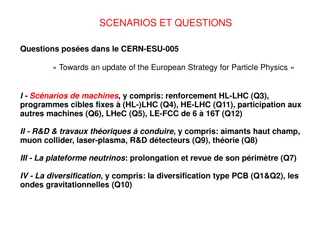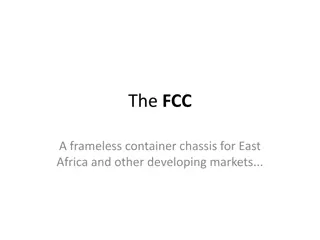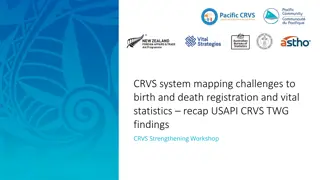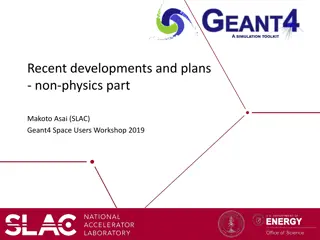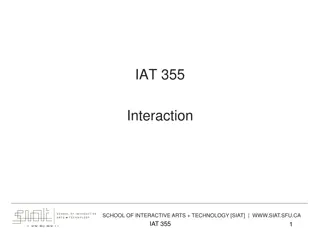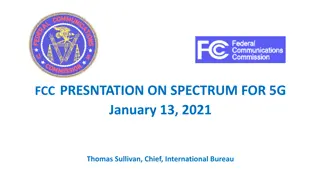Latest Developments in Interaction Region Study at FCC-ee Workshop
Fresh results and progress were presented at the FCC-ee (TLEP) Physics Workshop in 2015. Two different Interaction Point designs were discussed, one being a small crossing angle design without a crab waist, and the other a more ambitious 30mrad crab waist design. Chromaticity corrections and geometric details of the CERN IR design for high luminosity goals were highlighted. The talk also covered sextupole schemes and beam geometries in the context of FCC-ee and CERN designs.
Download Presentation

Please find below an Image/Link to download the presentation.
The content on the website is provided AS IS for your information and personal use only. It may not be sold, licensed, or shared on other websites without obtaining consent from the author. Download presentation by click this link. If you encounter any issues during the download, it is possible that the publisher has removed the file from their server.
E N D
Presentation Transcript
News from the interaction region study Bernhard Holzer, Anton Bogomyagkov, Bastian Harer, Rogelio Tomas Garcia, Roman Martin, Luis Eduardo Medina Presented by M. Koratzinos FCC-ee (TLEP) Physics Workshop (TLEP9) 4 February 2015
This talk There has been some progress since the last meeting! I will show some fresh results The work still goes on I will transmit your feedback to the people that do the work M. Koratzinos 2
The backdrop We pursue two different IP designs One design is a small crossing angle no crab waist design (baseline) CERN. Also this design does not have a local chromaticity correction. this is done a la LEP . The second is a more ambitious 30mrad crab waist design BINP and CERN M. Koratzinos 3
Small xsing angle approach Basically what was shown in Beijing during HF2014 Chromaticity correction a la LEP works Momentum acceptance is still not good enough New: SR power at the IR M. Koratzinos 4
CERN IR design FFS CCSV CCSH MS based on generic lattice for LINACs local chromaticity correction necessary due to high luminosity goals spacial separation of functions modular 30 0.2 x y Dx 25 0.1 20 Dx[m] [km] 15 0 10 -0.1 5 -0.2 0 0 100 200 300 400 s [m] 500 600 700 800 CERN IR design for tt operation. R. Martin (CERN)
Geometry 0.2 Beam 1 Beam 2 0.1 x [m] 0 FCC-hh -0.1 -0.2 0 100 200 300 400 500 600 700 800 2 e+ e- 1 x [m] 0 FCC-ee, CERN design -1 -2 0 100 200 300 400 s [m] 500 600 700 800 horizontal size of FCC-ee design 2m reasonable not yet included: matching section bending beams back together RF section FCC-ee interaction region currently much longer than FCC-hh R. Martin (CERN)
FCC-ee sextupole scheme (a la LEP) SF1 SD1 SF2 SD2 SF1 SD3 2 sextupole families in horizontal plane (90 degree lattice) 3 sextupole families in vertical plane (60 degree lattice) Separate sextupole families in each arc B. Harer
W functions for 1 quarter of the lattice 3 Sext Fam pP Wx MAD-X 5.02.03 13/01/15 16.32.19 The ring here has 12 arcs and 4 equidistant interaction points 2500. W x, W y Wy 2250. 2000. 1750. 1500. 1250. This to be contrasted with a local chromaticity correction that appears to give much better results. 1000. 750. 500. 250. 0.0 0.0 7.5 15.0 22.5 IP IP s (m) [*10**( 3)] Arc 3 Arc 1 Arc 2 A well-matched W function that shows the creation of chromaticity at the IR and the compensation of it in the neighbouring arcs B. Harer
Momentum acceptance The following plots show the change of the tune when the beam energy deviates from the ideal one. Blue line: no sextuples Green line: sextupoles on, equal strength Red line: sextuples on, matched Left plots: beta* of LEP 1.75m/0.07m Right plots: beta* of FCC-ee 1m/0.001m M. Koratzinos 10
B. Harer M. Koratzinos 11
Summary small xsing angle Have tried the LEP approach where chromatricity is corrected in the arcs. Momentum acceptance is a factor of 10 worse than needed. But we can reproduce the LEP momentum acceptance more or less (~1% after optimization) Take home: we need the local chromaticity correction M. Koratzinos 12
Second approach: crab waist This approach has become more complete at this stage There is a new and improved IR design that addresses some of the criticisms of the earlier design (SR at IP, second bend) The IR design has been married to the arc optics We finally have the first results regarding DA (Dynamic Aperture) M. Koratzinos 13
Crab waist interaction region Work of Anton Bogomyagkov and colleagues from BINP Anton has studied two working points, both of which give good results. The changes since the last meeting are as follows: The first dipoles are moved by about 20m further away from IP, made dipoles longer and weaker, got rid of achromatic bend (which made the beam lines parallel prior entering the arc). These changes allowed to move fans of synchrotron radiation further away from IP, without increasing the length of the interaction region (new design is even a bit shorter) (also an extra sextupole is installed at the end of the final focus telescope (FFT) to control third order chromaticity without disturbing dynamic aperture much.) M. Koratzinos 14
Final focus layout Here the situation is complex as we are at a region where both the machine and the experiment claim territory. As a first iteration, and with agreement with Gigi Rolandi it was agreed that: Area <100mrad is under the jurisdiction of the machine - but note that a luminometer can fit there! Area >100mrad is under the control of the experiment The possible range of values for the solenoidal magnetic field are: Strength: 2-4T Length: 7-13m M. Koratzinos 16
Dynamic aperture The tune plots shown are not the last word regarding momentum acceptance (but only a necessary condition) The CERN team has used the BINP IR design together with the CERN arc layout to produce the first DA plots M. Koratzinos 31
Dynamic aperture Luis Eduardo Medina, Rogelio TOMAS GARCIA It shows the minimum aperture of the entire x-y phase space after ~100 turns at 120GeV. Unoptimized Currently: ~7 between -0.9%-0.2% DA under the influence of the sextuples calculated for Anton s old interaction region, which was matched to Bastian s arc design. The DA is limited at nominal momentum to 7 sigma (low but sufficient at present) and breaks down for momentum deviations. Plot took 1 week of intensive CPU work. Not sufficient, but this shows that we do have the tools to progress M. Koratzinos 32
Conclusions The problems are not easy! Good progress has been made since the last meeting We do have the tools to make progress First Dynamic Aperture plots are encouraging but not yet sufficient M. Koratzinos 33
End M. Koratzinos 34
